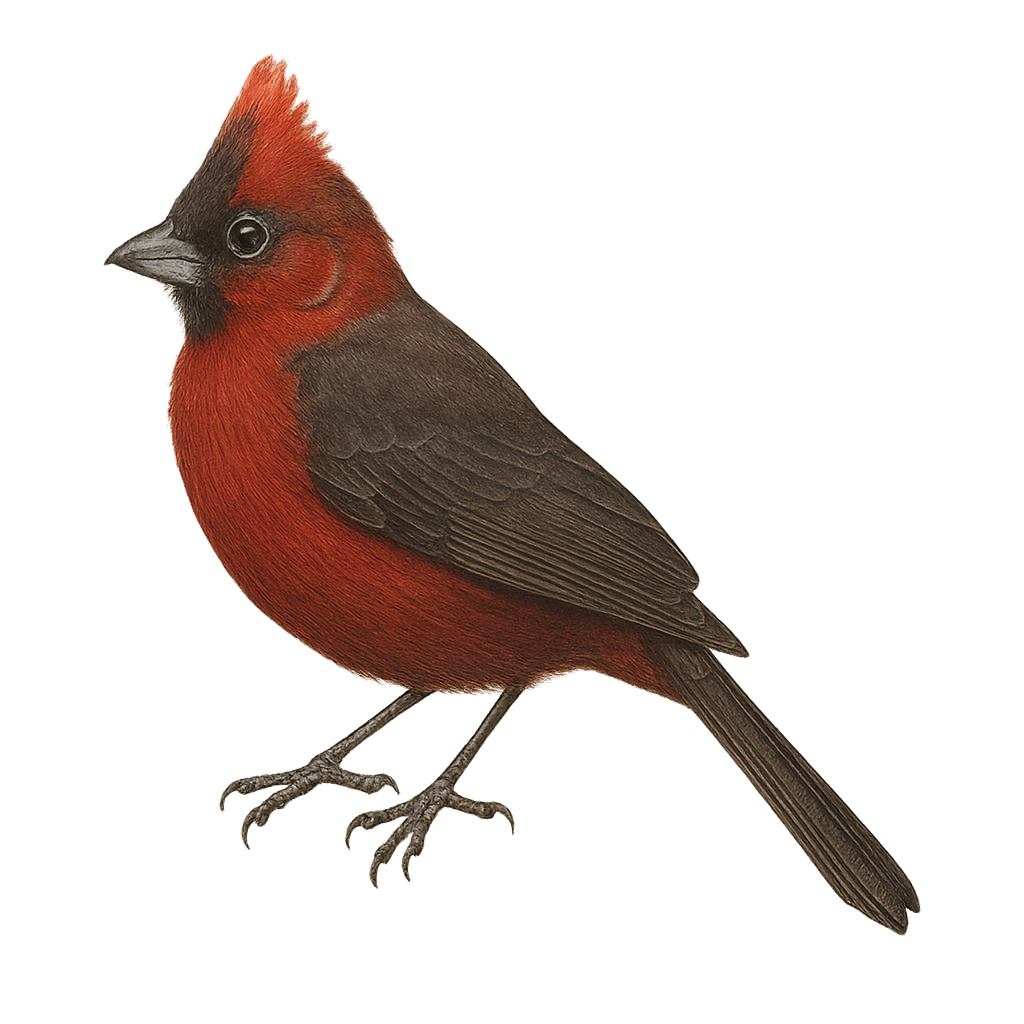Your wildlife photography guide.
Explore the red-crested finch in detail, study its behavior, prepare your shots.
Where to observe and photograph the red-crested finch in the wild
Learn where and when to spot the red-crested finch in the wild, how to identify the species based on distinctive features, and what natural environments it inhabits. The WildlifePhotographer app offers tailored photography tips that reflect the red-crested finch’s behavior, helping you capture better wildlife images. Explore the full species profile for key information including description, habitat, active periods, and approach techniques.
Red-crested Finch
Scientific name: Coryphospingus cucullatus

IUCN Status: Least Concern
Family: THRAUPIDAE
Group: Birds
Sensitivity to human approach: Suspicious
Minimum approach distance: 10 m
Courtship display: September to January
Incubation: 12-14 jours
Hatchings: September to February
Habitat:
Savannas, shrublands, forest edges
Activity period :
Primarily active during the day, with peak activity in the morning and late afternoon.
Identification and description:
The Red-crested Finch, or Coryphospingus cucullatus, is a small, colorful bird primarily found in South America. It is easily recognizable by its bright red plumage on the head and upper body, contrasting with darker shades on the wings and tail. This bird prefers open habitats such as savannas, shrublands, and forest edges. It is often seen in small groups, feeding on seeds and insects. The Red-crested Finch is a diurnal bird, active mainly during the day. It is known for its melodious song and its ability to adapt to various environments, making it a relatively common species within its range.
Recommended lens:
400 mm – adjust based on distance, desired framing (portrait or habitat), and approach conditions.
Photography tips:
To photograph the Red-crested Finch, it is advisable to use a telephoto lens of at least 400mm to capture detailed images without disturbing the bird. Look for open areas where these birds are active, such as savannas or forest edges. Be patient and discreet, as although these birds are suspicious, they can be observed closely if you remain still. Take advantage of morning or afternoon light to get photos with optimal natural lighting.
The WildlifePhotographer App is coming soon!
Be the first to explore the best nature spots, track rutting seasons, log your observations, and observe more wildlife.
Already 1 432 wildlife lovers subscribed worldwide

